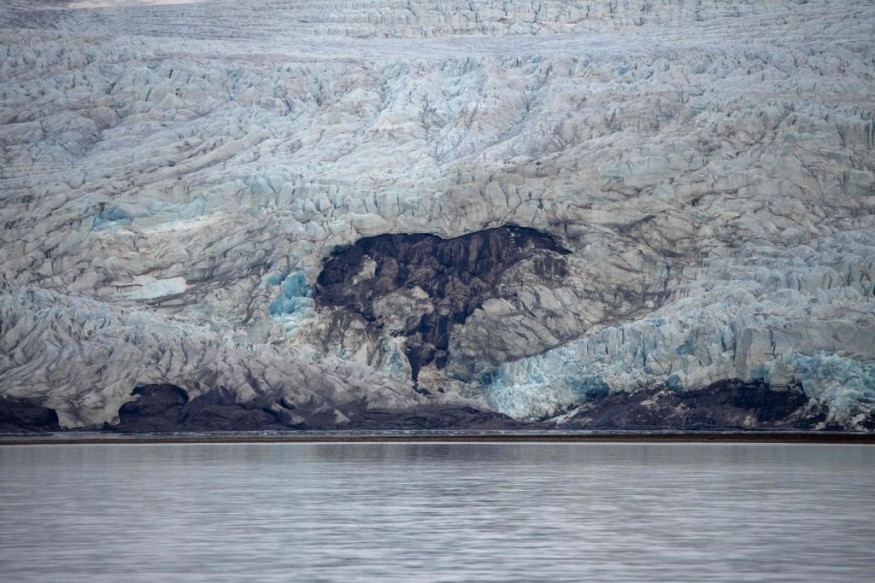As Europe's glaciers are being melted by the summer's heat wave, archaeologists in Norway have found weaponry from the Viking Age. The Jotunheimen Mountains in Norway's Innlandet County were the target of a study team from the Secrets of the Ice Glacier Archaeology Program.
Archaeological Bullseye
The area, which is 240 kilometers northwest of Oslo, was formerly used for reindeer hunting.
Soon later, they discovered another arrow with an iron point and the entire shaft that had been lost during the early Viking Age, according to a study published on August 20. Photos indicated that the arrow's shaft had been fashioned with a notch to allow hunters to balance it on a bow. They came up with a three-bladed arrow, which was even more unusual as their search went on. On August 25, the crew wrote, "We have never unearthed an arrowhead like this before." "A Viking was the last person to touch it,"
According to Secrets of the Ice co-director Lars Pil, "This sort of arrowhead is recognized, but it is rare." According to Pil, who spoke to Newsweek, all three arrows were probably lost "when the hunters missed the reindeer and the arrows went into the snow." A bull's eye in archaeology.
Preserved By the Cold

According to Pil, who spoke to McClatchy News, "the ice functions like a big deep freezer and may preserve the antiquities in immaculate condition as if they were lost just yesterday." "Once they disappear, though, time moves quickly. This particular former reindeer hunting ice patch, which Arkeo News identified as the Langfonne ice patch, has "dramatically" melted in recent years. We need to look for and save these artifacts before it is too late. According to the outlet, "its current size is less than 30% of what it was 20 years ago." According to a story from Axios on August 3, glaciers in Norway's Svalbard, an archipelago of northern islands, have melted at a record rate because of human-caused climate change and global warming.
The melting of glaciers in the Alps, a snow-covered mountain range spanning eight nations in Europe, has accelerated this summer, according to The Washington Post. According to anything we've ever measured, they would say it is off the charts, a glaciologist at ETH Zurich told The Washington Post. After a mild winter and the region's summer heat wave's above-average temperatures, glaciers throughout the Alps have substantially decreased, experts said.
According to The Guardian, melting glaciers in the Alps have revealed human remains, possibly those of wandering hikers, as well as the wreckage of a 1968 plane accident.
Europe Heatwave
Nearly two-thirds of the continent of Europe is now experiencing a heat wave and drought as a result of the months' below-average rainfall and above-average temperatures. In dry streams, remnants of long-forgotten history have been discovered, like the "hunger stones" of the Elbe River and the Roman ruins of the Lima River. Sadly, the region's drought is far from finished; according to a recent European Union assessment, scientists expect that drought conditions will persist - and perhaps worsen in some parts - until November.
Related Article : Mysterious "Spanish Stonehenge" Built Around 5000 B.C.No Longer Submerged Due to Drought
For more similar news, don't forget to follow Nature World News!
© 2025 NatureWorldNews.com All rights reserved. Do not reproduce without permission.





